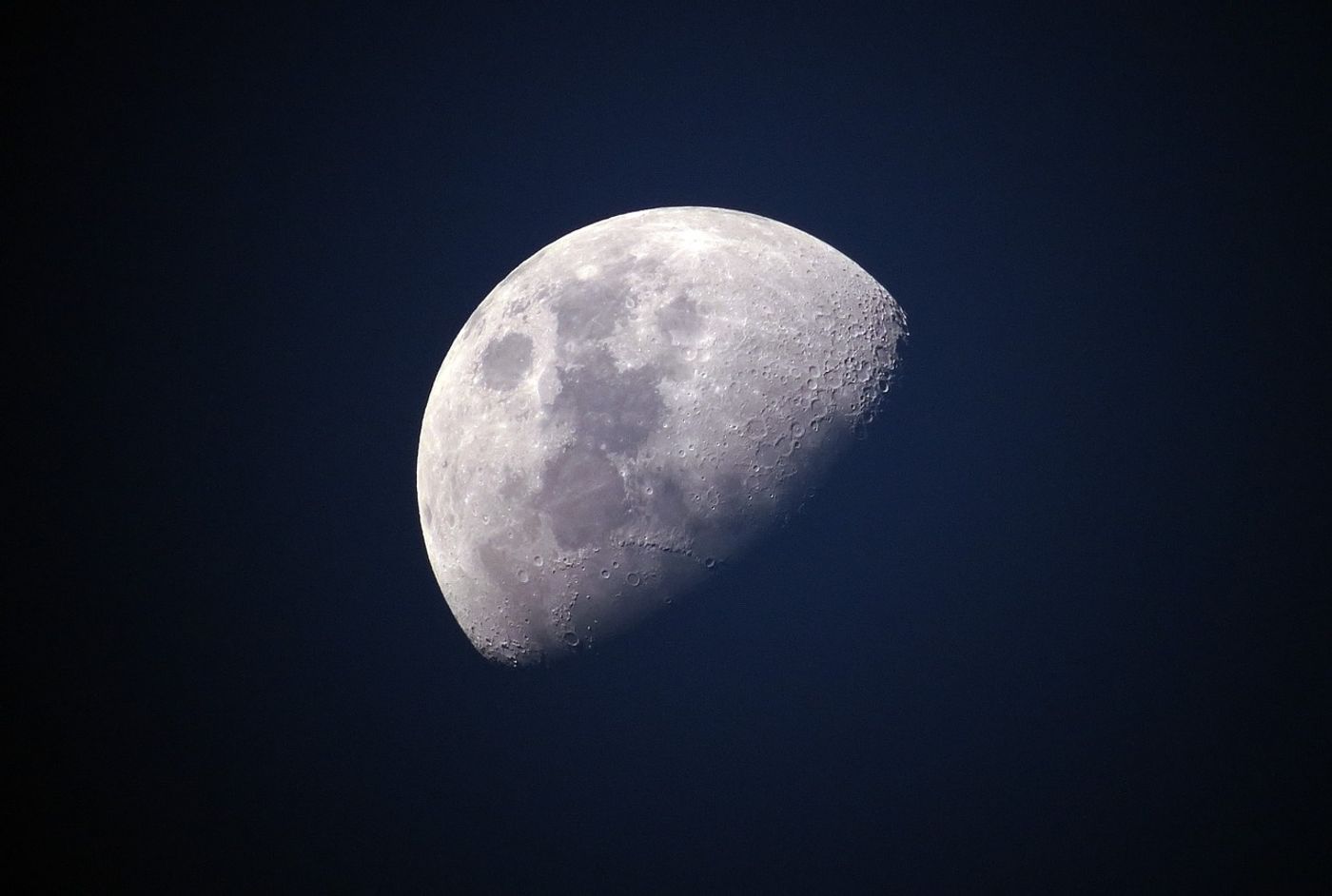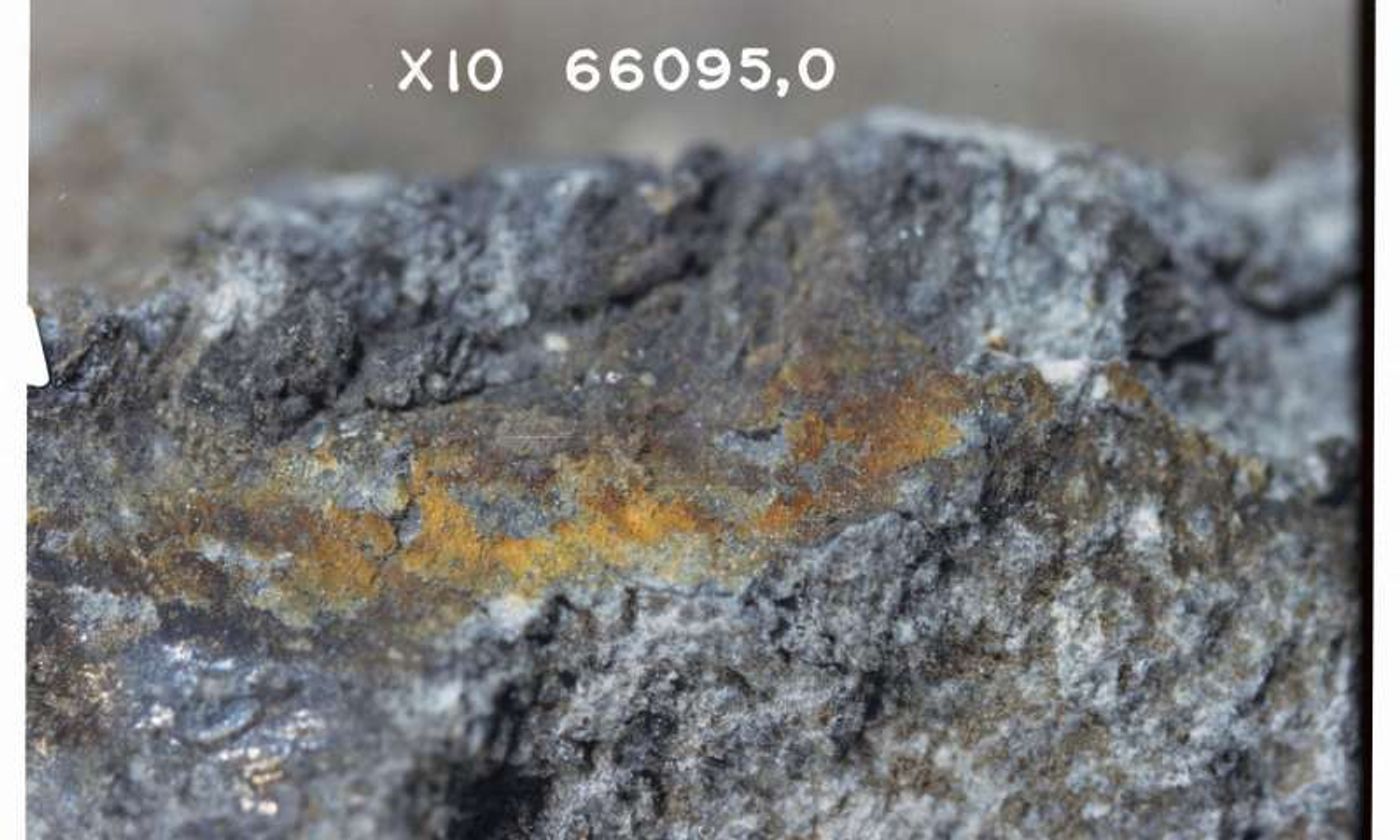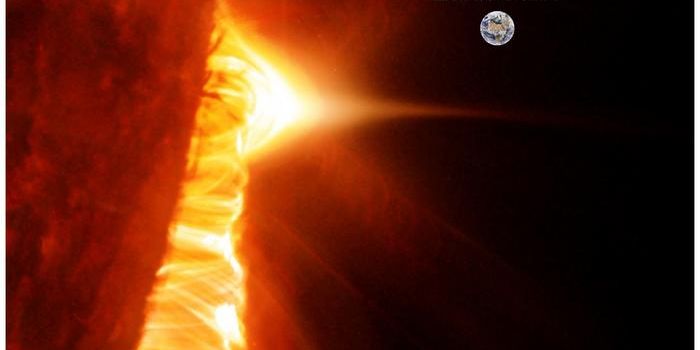Rusty Lunar Rock Hints that the Moon Has a Dry Interior
We can learn a lot about the history and formation of a natural satellite or planet by studying its moistness. Countless theories exist to explain the Moon's formation, but until we fully understand its composition, determining which one is correct will be difficult.
Image Credit: Ponciano/Pixabay
Theories range from being stolen away from another planet via gravitational capture, to primordial Earth flinging a piece of its molten surface into space, to a massive collision knocking a chunk of the Earth into space. On the other hand, these theories all seem to have their caveats.
Fortunately, researchers from the Scripps Institution of Oceanography at the University of California San Diego might have made a huge break in determining how the Moon formed by studying a relic of historic space exploration.
"It's been a big question whether the moon is wet or dry. It might seem like a trivial thing, but this is actually quite important," study lead author James Day explained in a statement.
"If the moon is dry—like we've thought for about the last 45 years, since the Apollo missions—it would be consistent with the formation of the moon in some sort of cataclysmic impact event that formed it."
Related: Just how old is the Moon anyways?
Published in the journal Proceedings of the National Academy of Sciences, the researchers describe their findings after studying what’s known as the ‘Rusty Rock,’ a hunk of lunar stone that NASA astronauts snagged during the Apollo 16 mission more than four decades ago.
Image Credit: NASA
The nickname comes from rust residing on its surface, which is unusual for a lunar rock. Its presence has flustered scientists for years because we've long thought the Moon was a dry place, and moisture is required for rust to exist.
While it’s possible that water may have hitched a ride with the astronauts from Earth, lab tests seem to disagree with that hypothesis, instead suggesting that lunar circumstances formed the rust.
The presence of several zinc isotopes in the Rusty Rock was a telling factor. Zinc is a volatile element, and the Moon has a lot of it. Depending on how the Moon formed, zinc may have evaporated and then recondensed on the lunar surface later on.
"It's a bit of a paradox; it's a wet rock that comes from a very dry interior part of the moon," Day continued.
"Zinc is a volatile element, so it behaves a bit like water under conditions of moon formation. It’s something like clouds forming from the ocean; the clouds are rich in light oxygen isotopes, and the ocean is rich in heavy oxygen isotopes."
Related: Here's why the Moon has both a dark side and a light side
The results of the analysis indicate that the Moon’s interior is dry and lacking water, which also implies that the Moon probably formed as a consequence of a very hot and cataclysmic event where any water would have evaporated.
Worthy of note, a similar study conducted by Brown University earlier this year indicates conflicting results, suggesting instead that the Moon's interior is wet.
The uncertainty and conflicting theories among researchers from different backgrounds highlight just how important it is that we get the facts straight. It’s a feat only possible by continued research, or if necessary, additional exploration of the lunar surface.
For now, however, whether the Moon’s interior is dry or wet comes down to nothing more than speculation.
Source: Phys.org










